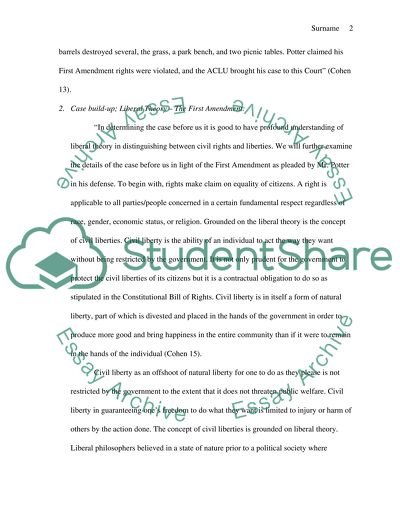Cite this document
(“Supreme Court Rulings - Potter v. California Essay”, n.d.)
Supreme Court Rulings - Potter v. California Essay. Retrieved from https://studentshare.org/law/1493413-supreme-court-rulings-potter-v-california
Supreme Court Rulings - Potter v. California Essay. Retrieved from https://studentshare.org/law/1493413-supreme-court-rulings-potter-v-california
(Supreme Court Rulings - Potter V. California Essay)
Supreme Court Rulings - Potter V. California Essay. https://studentshare.org/law/1493413-supreme-court-rulings-potter-v-california.
Supreme Court Rulings - Potter V. California Essay. https://studentshare.org/law/1493413-supreme-court-rulings-potter-v-california.
“Supreme Court Rulings - Potter V. California Essay”, n.d. https://studentshare.org/law/1493413-supreme-court-rulings-potter-v-california.


